Casa Floresta is a radical transformation of a traditional Brazilian house
Estúdio Zargos upends convention with this modernist extension to an existing house in Belo Horizonte
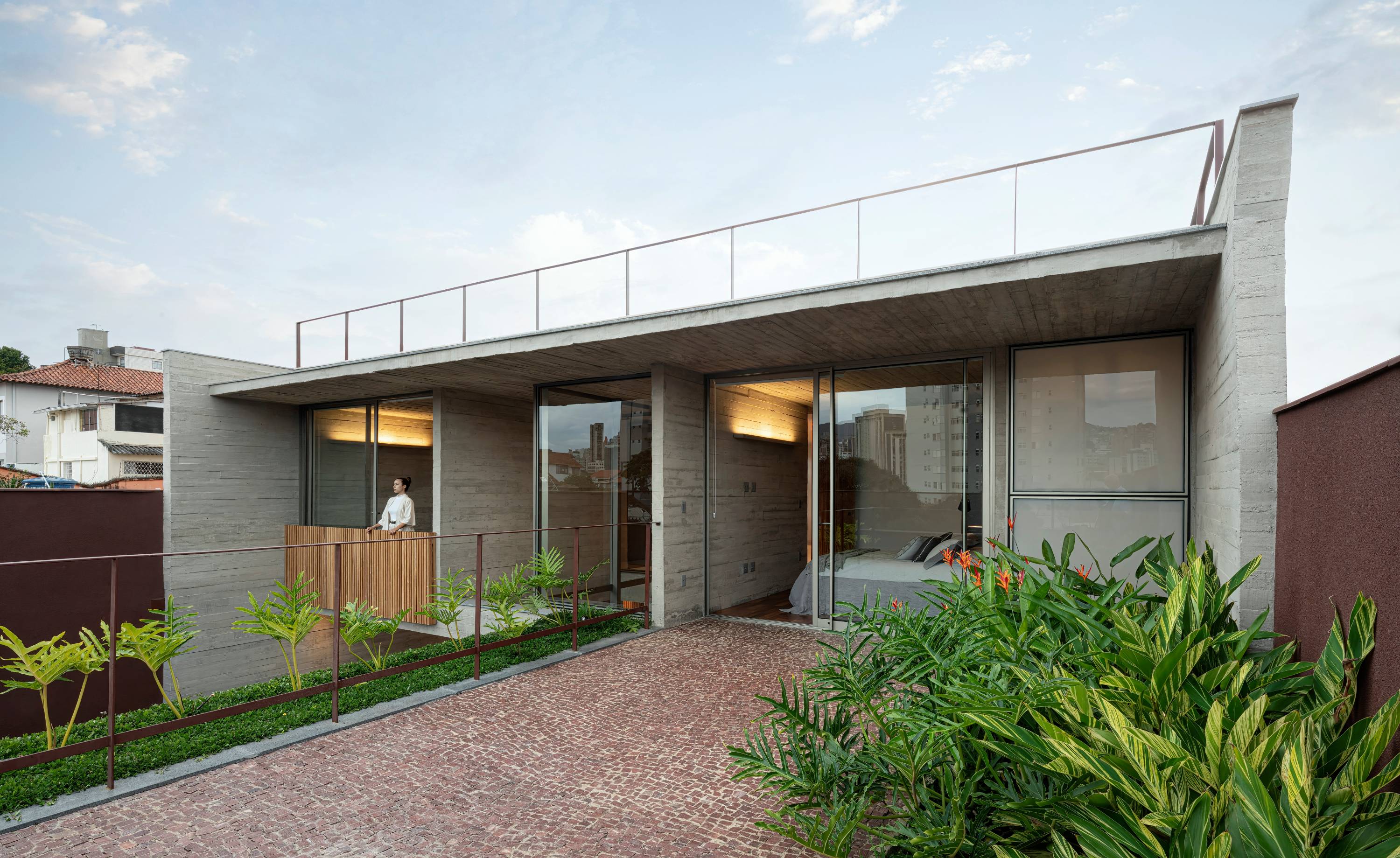
Jomar Bragança - Photography
This home’s radical transformation in the Brazilian city of Belo Horizonte splices a traditional suburban house with a bold new addition. Tasked with creating an all-new house, the locally based office of Estúdio Zargos – comprising Zargos Rodrigues, Rodrigo Pereira, Frederico Rodrigues, Ika Okamoto, Carla Deltreggia, Letícia Armond, Nathalia Melo and Lais Parreiras – baulked at the most obvious course of action, complete demolition. Instead, they wanted to consider the old house – the casa antiga – as an integral part of the design.
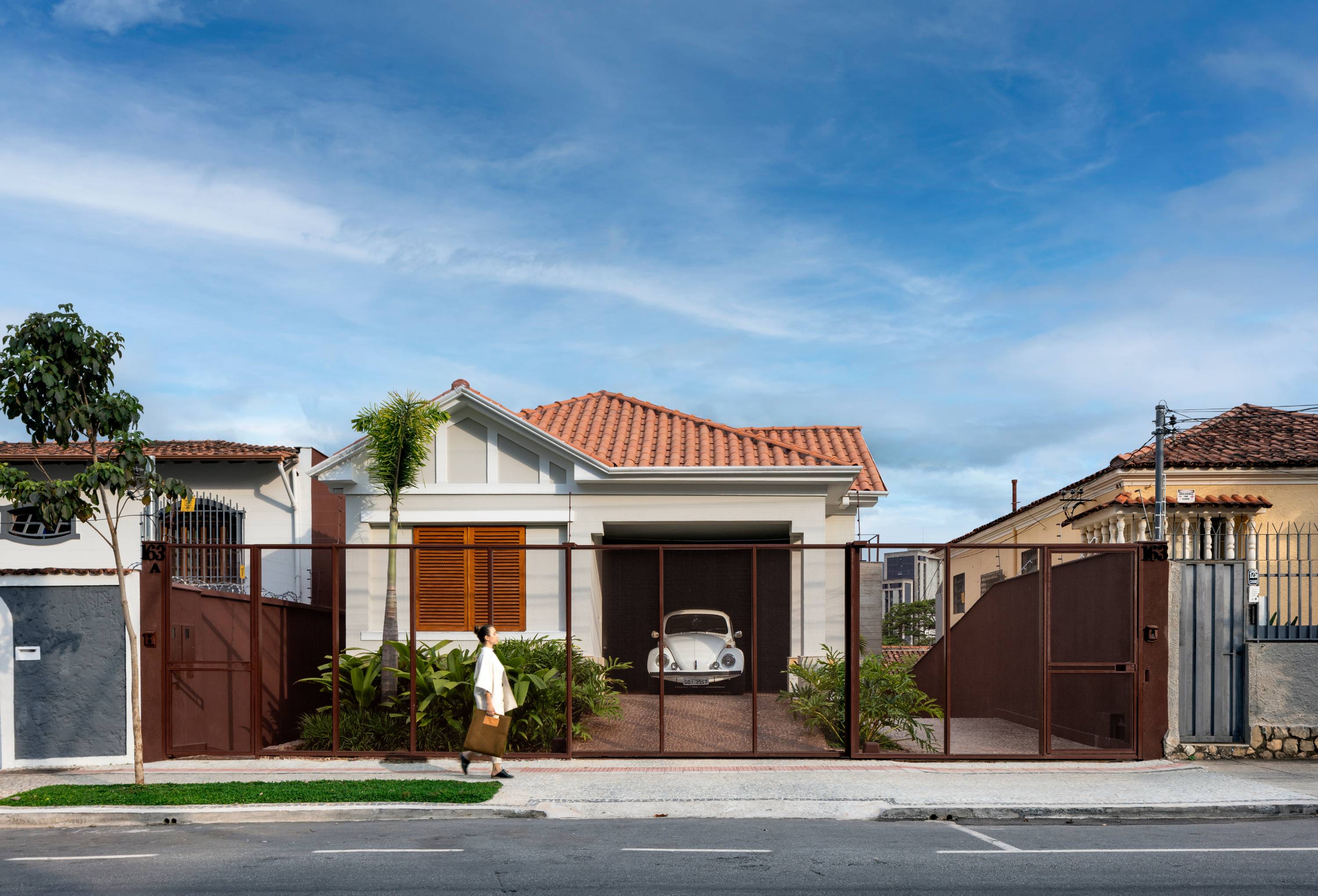
Spread across two levels, the original house presents a single-storey to the street level. A pitched roof with terracotta tiles, shuttered windows and a pebbled drive offer up an innocuous yet familiar presence to the street.
‘Our first challenge was to reverse the initial demand to demolish the existing building completely,’ the architects write. ‘The original forms and proportions of this house span decades and tell us the story of a welcoming and receptive city.’
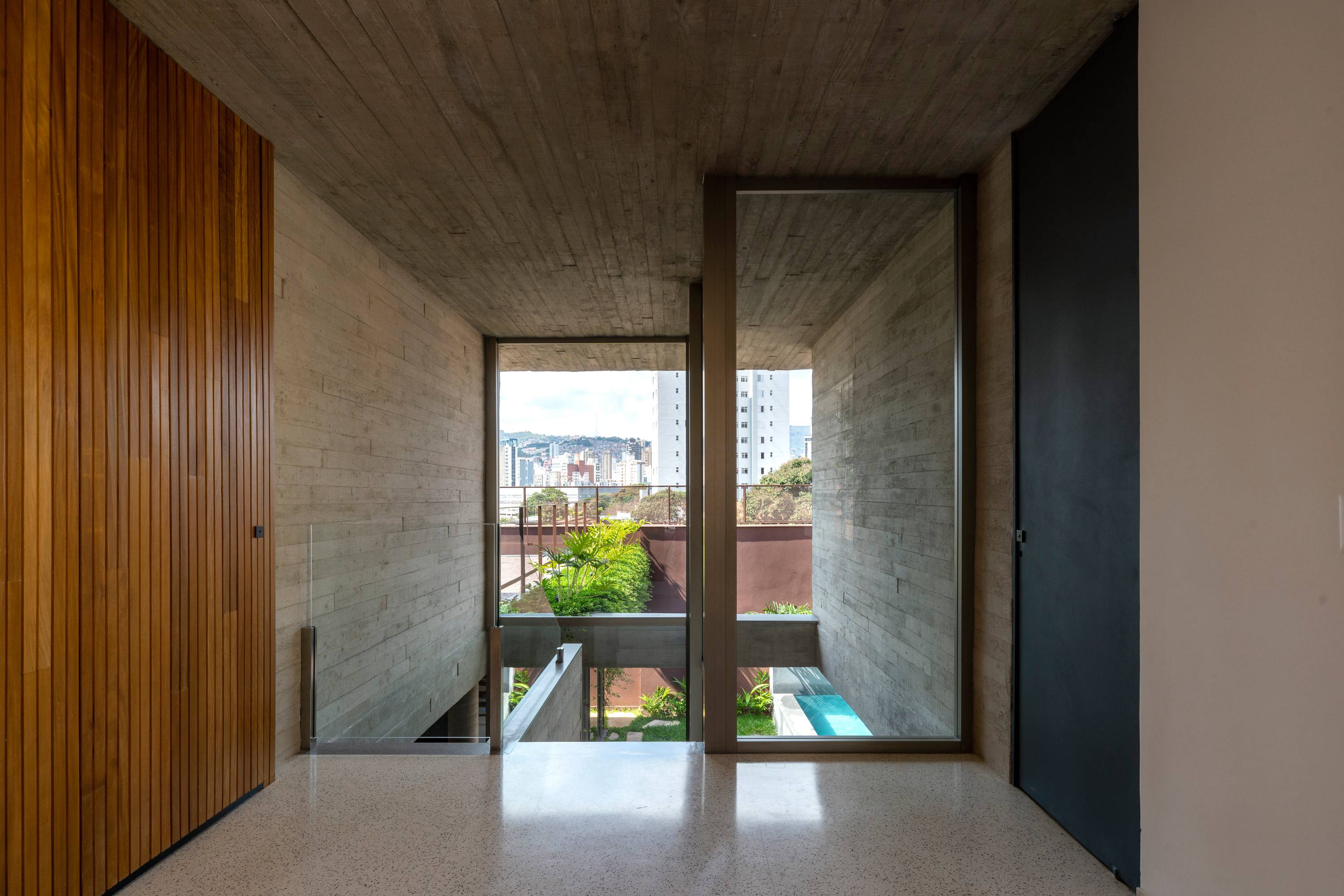
Instead, the Estúdio Zargos team vowed to preserve the original character of the house – at least from the street – while giving the interior a rework that effectively gives Casa Floresta an entirely different character when viewed from the rear façade.
The architects imply this new hybrid is an homage to Belo Horizonte’s mix of old and new; the original 19th-century planned city includes many contemporary buildings from Brazil’s long and pioneering relationship with modernism.
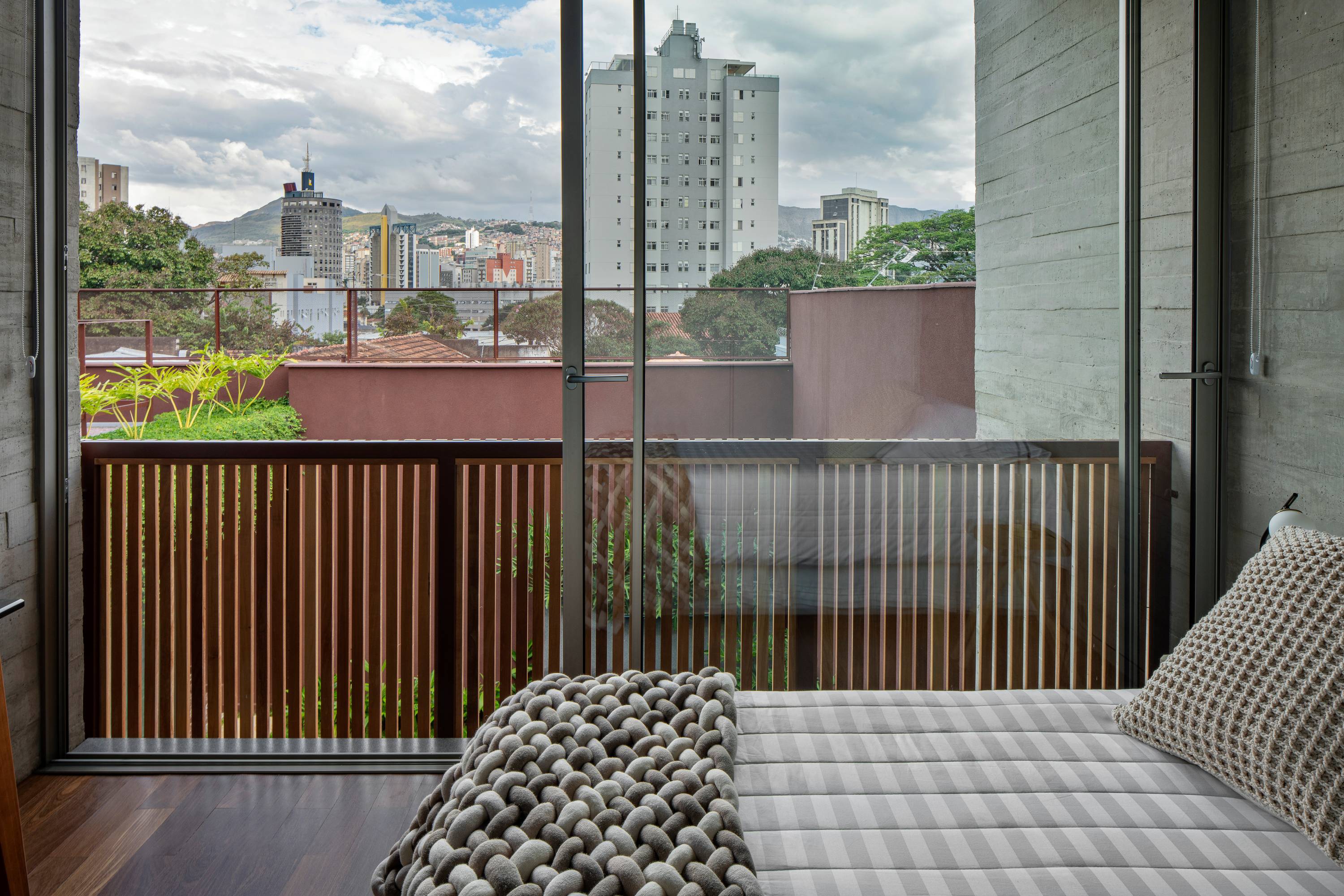
You would never know this to be the case from the modest single-storey front façade. The original house was built on a sloping site, so you enter at what is actually first-floor level, with more accommodation at ground-floor level below.
The redesign adds an entirely new structure to the rear of the house, effectively covering 90 per cent of the site, but using transparency, multiple layers, levels, and covered spaces to provide a much stronger connection with the outside.
Receive our daily digest of inspiration, escapism and design stories from around the world direct to your inbox.
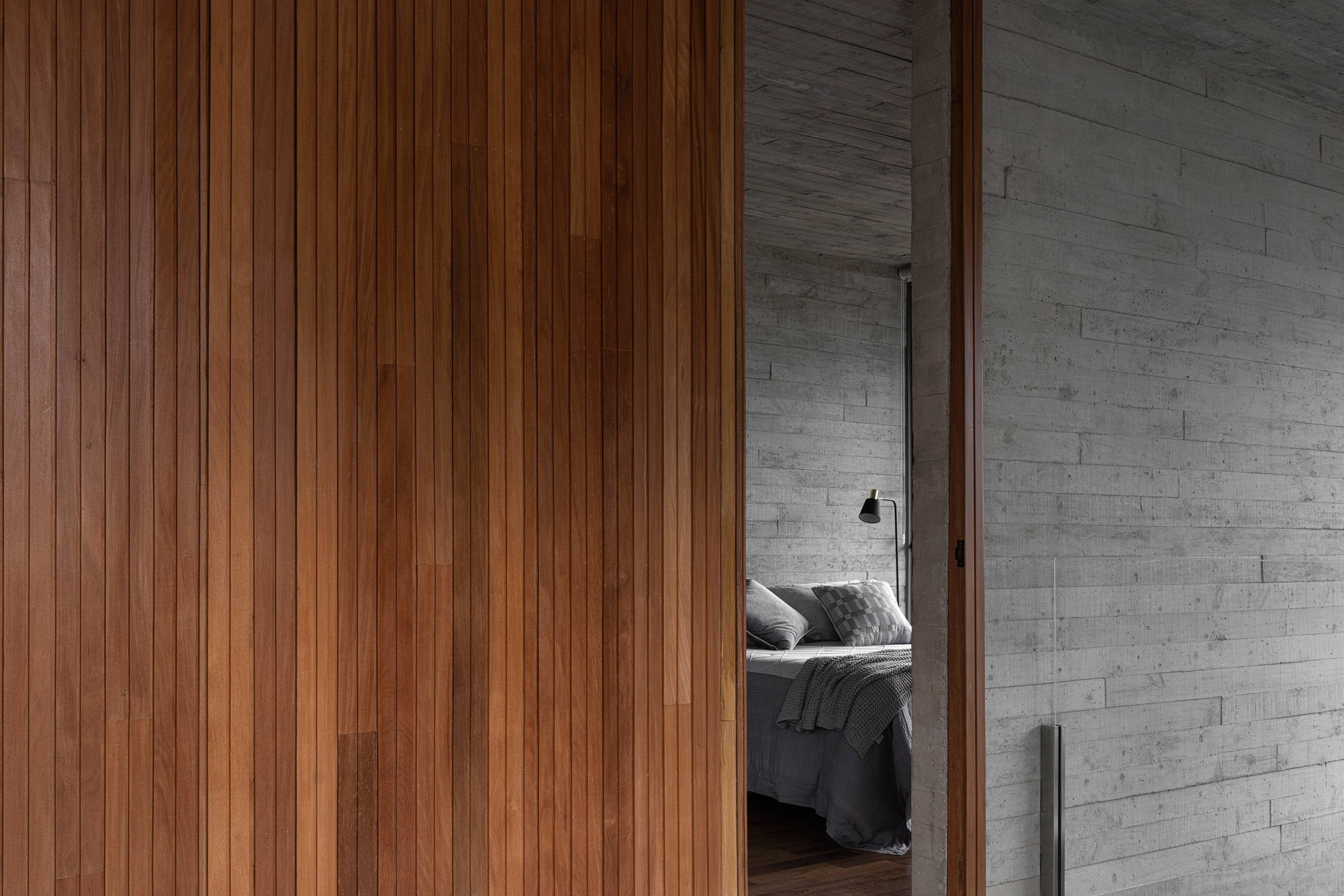
The new first floor has become the functional heart of the house, with a garage and storage area taking up the space that presents to the street, beyond which lies a large entrance hall with a view straight through to the new extension, culminating in a staircase leading down to ground level.
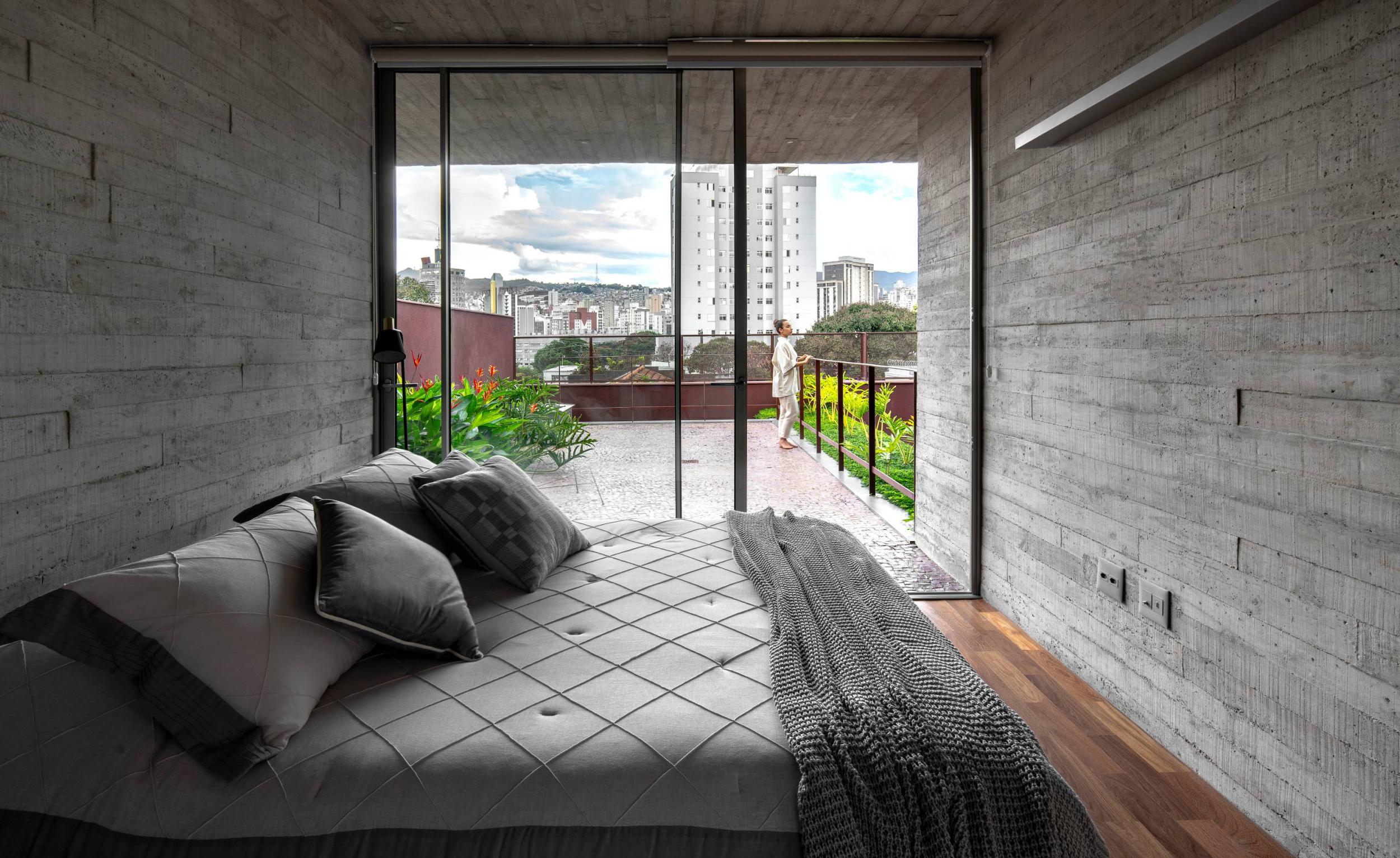
This floor also houses the three en-suite bedrooms, together with a generous terrace. The ground floor of the original house has been repurposed as a self-contained apartment, accessed separately from the main house.
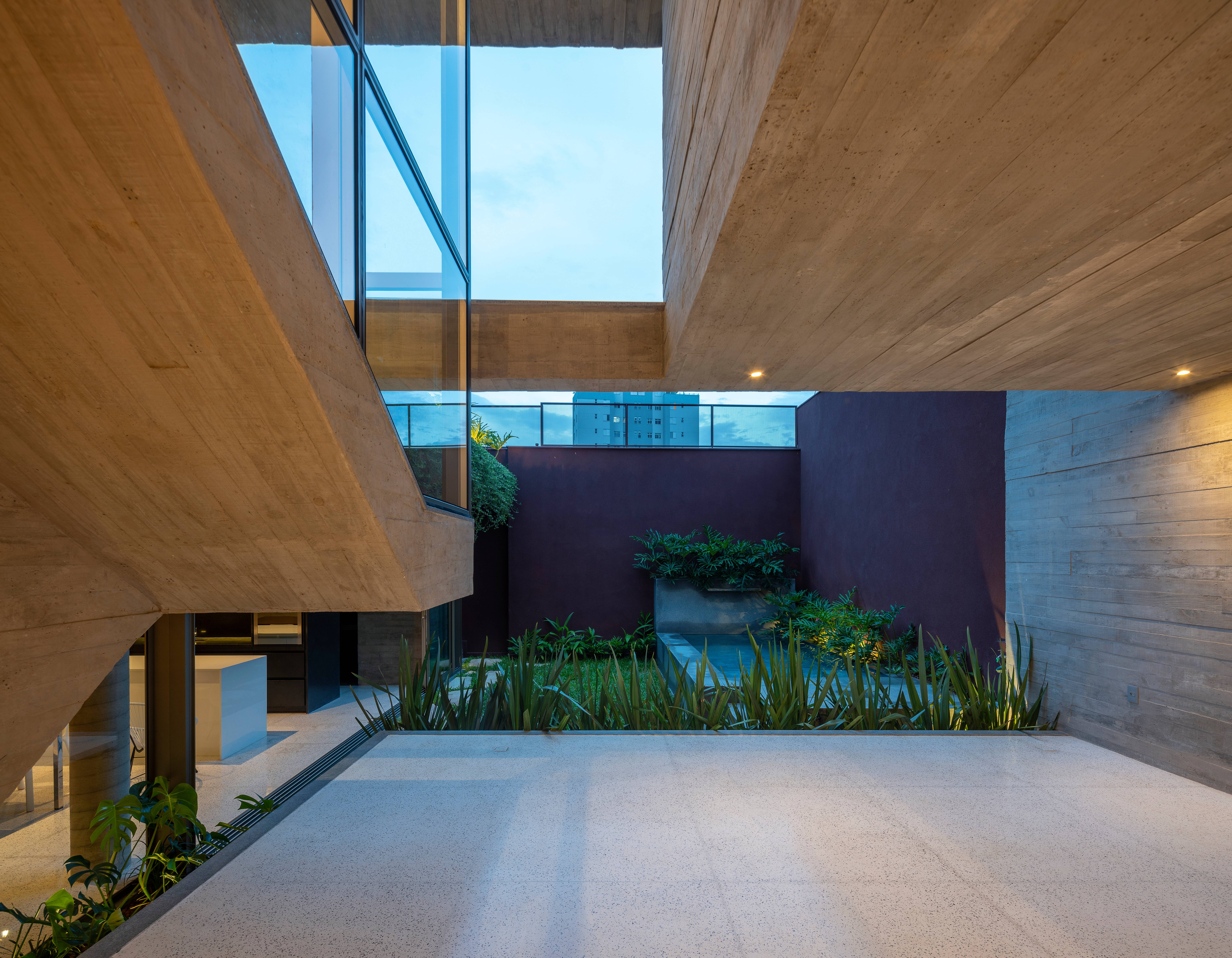
The addition is completed in a totally different material palette and structural system, with meticulously poured shuttered concrete paired with hardwood joinery and large expanses of glass.
At ground-floor level, the new kitchen, dining, and living space can all be opened up to the terraced garden via large sliding glass doors.
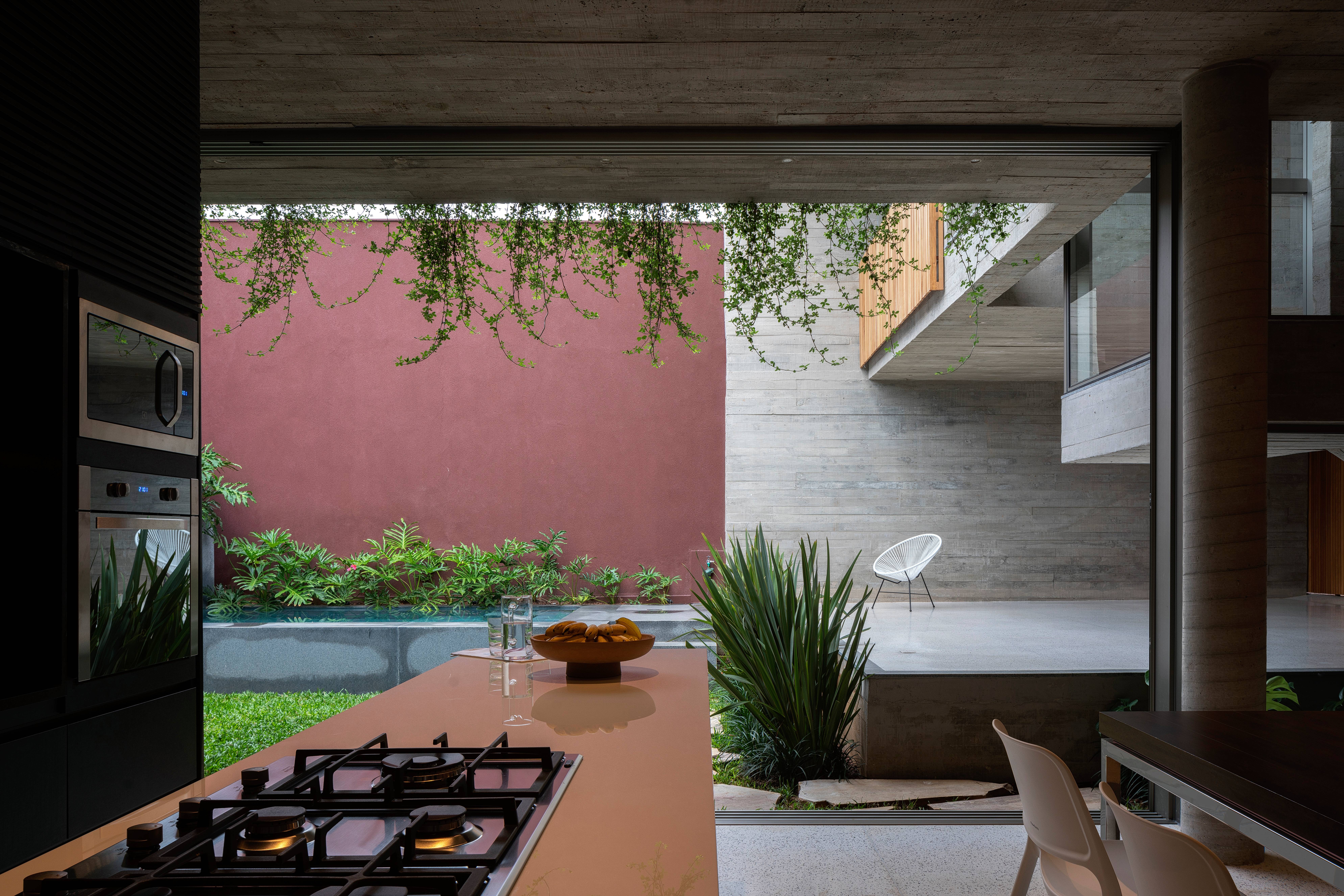
The garden itself combines tropical planting with high walls and a pool, creating a secluded oasis in the heart of the city.
Large expanses of blocked colour contrast with the grey concrete, and the landscaping by Rodrigo Pereira makes extensive provision for plants to grow and become a defining part of the design.
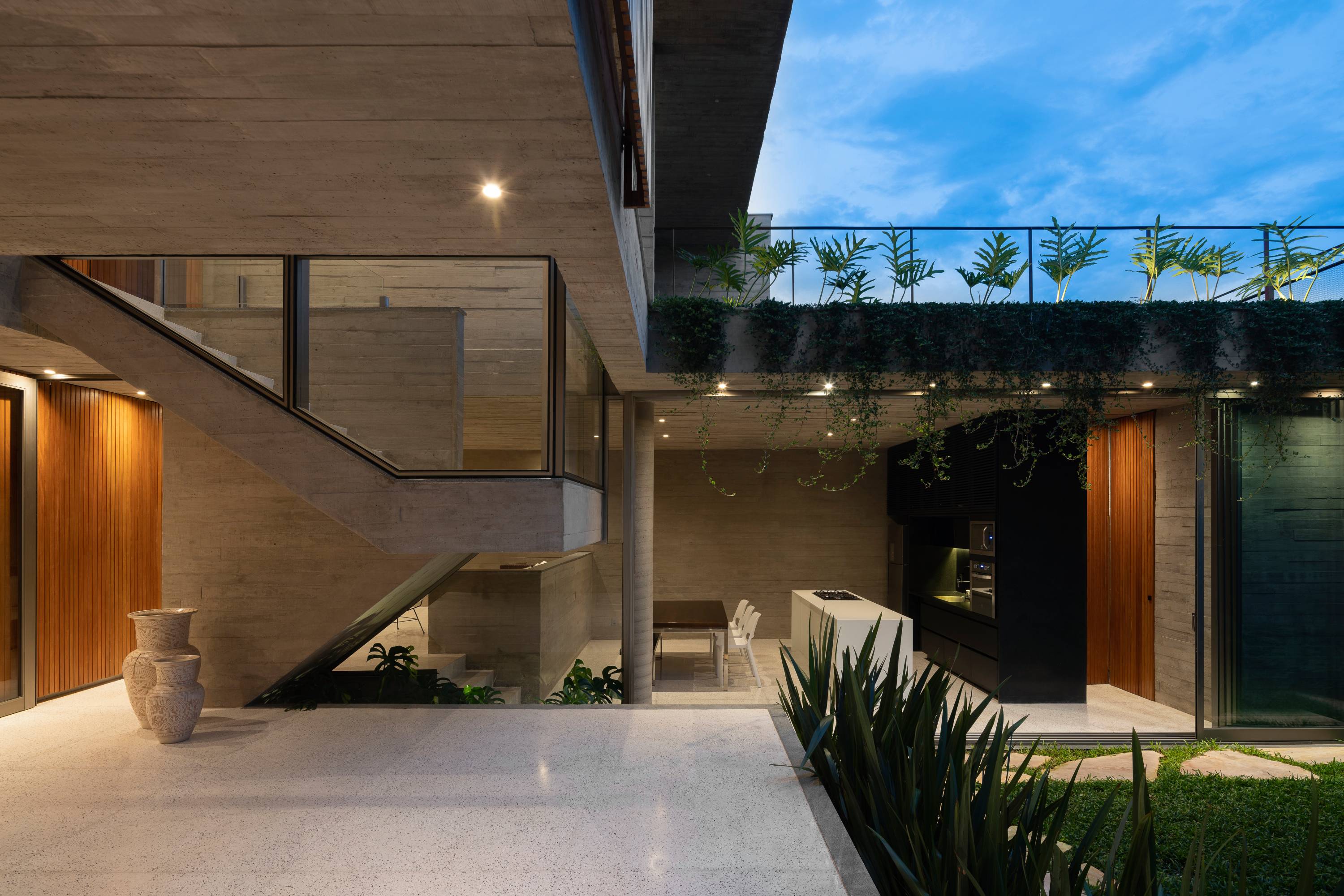
The architects describe the project as a dialogue between the new spaces and the austerity of the contemporary materials, with views through, across, and out of the structure to the skyline of Belo Horizonte.
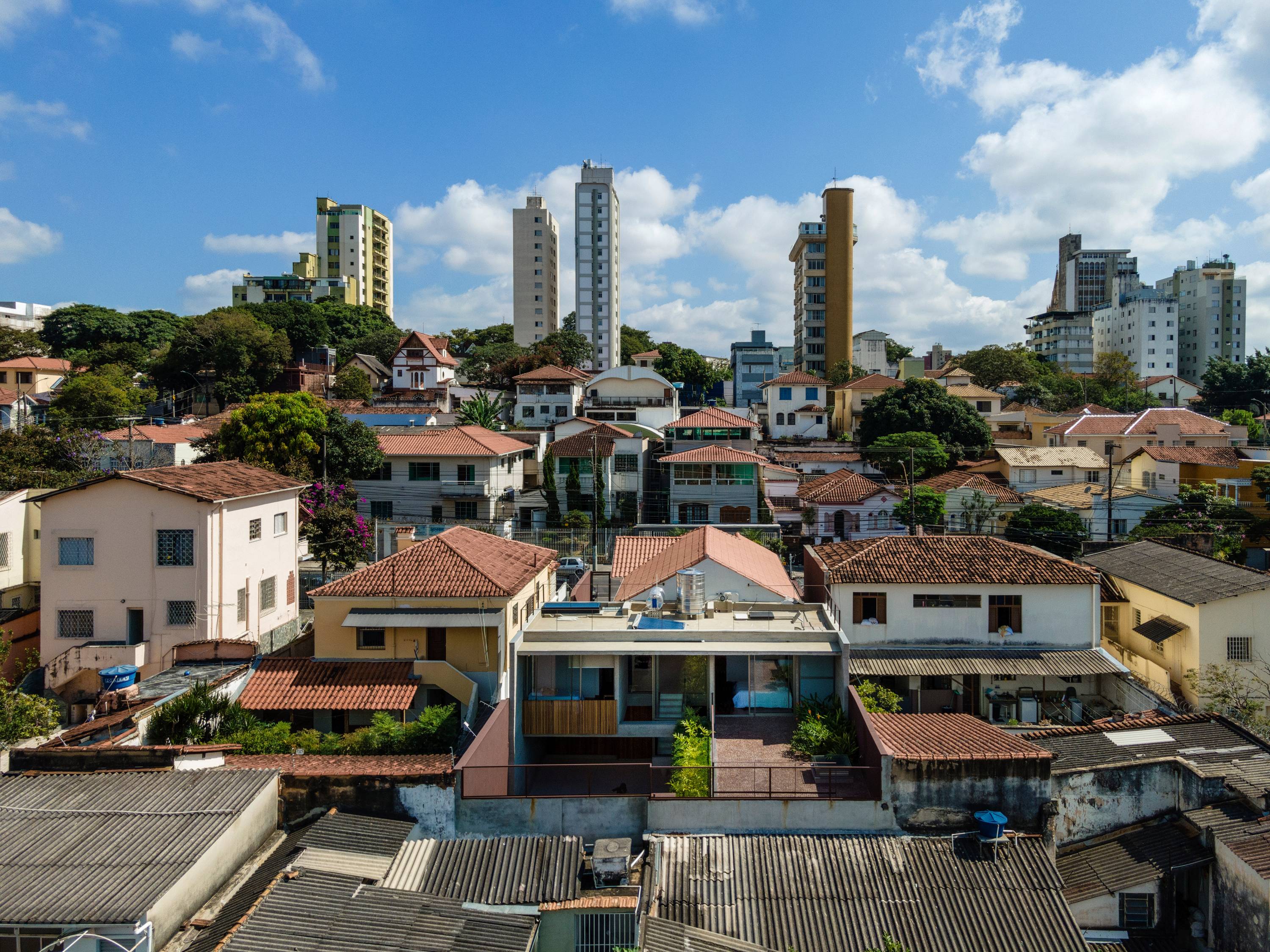
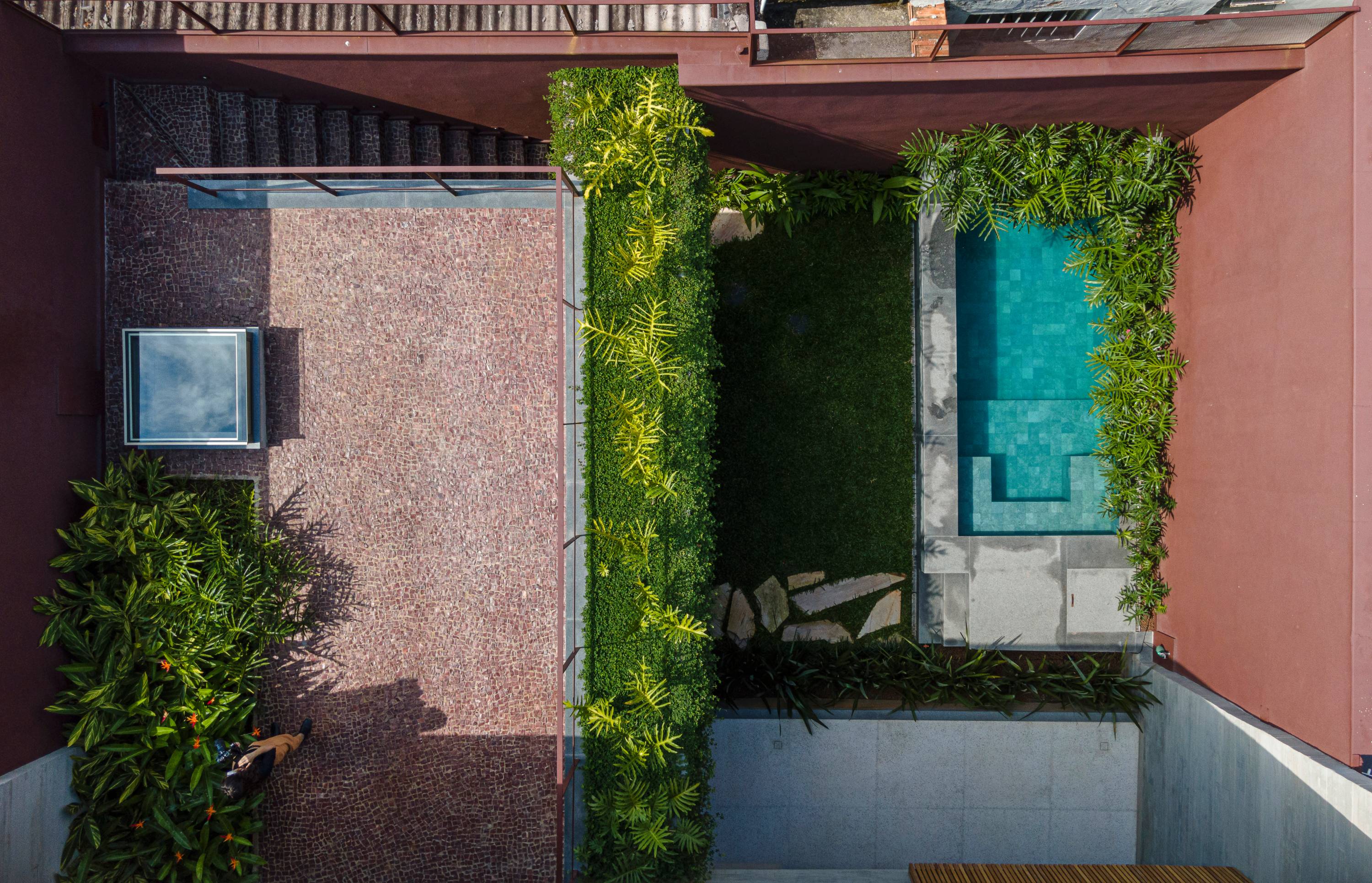
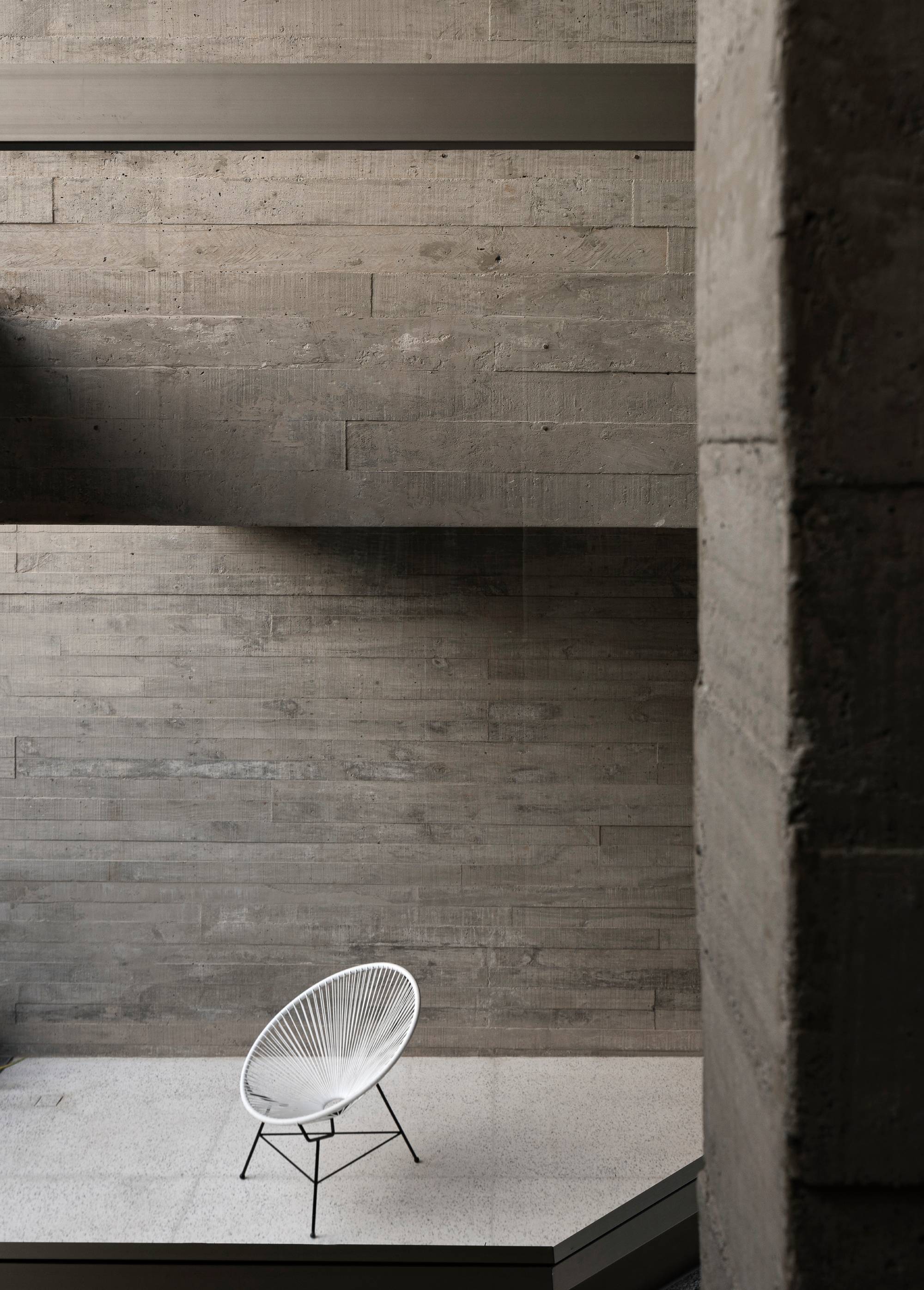
INFORMATION
Jonathan Bell has written for Wallpaper* magazine since 1999, covering everything from architecture and transport design to books, tech and graphic design. He is now the magazine’s Transport and Technology Editor. Jonathan has written and edited 15 books, including Concept Car Design, 21st Century House, and The New Modern House. He is also the host of Wallpaper’s first podcast.
-
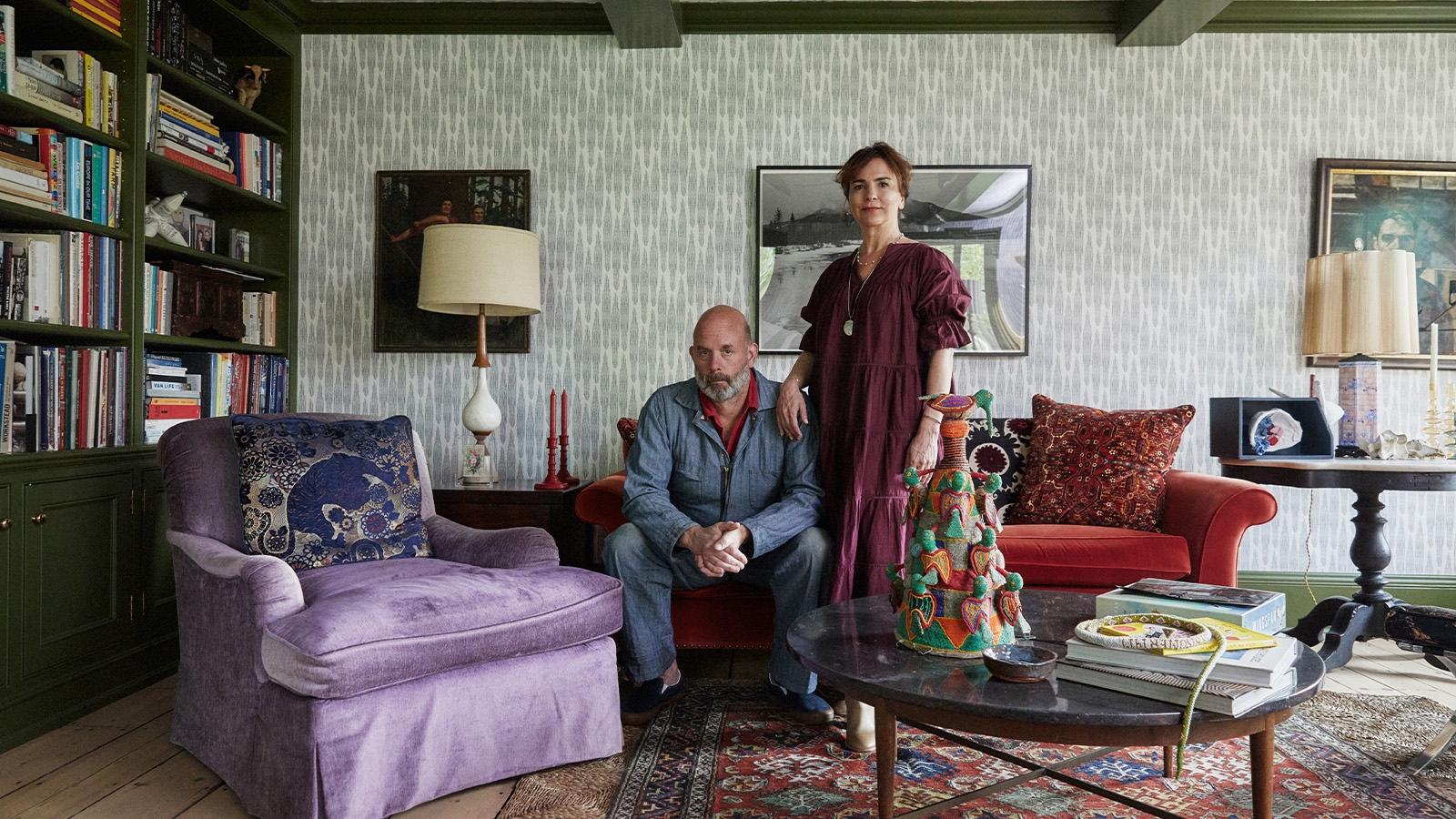 How We Host: Interior designer Heide Hendricks shows us how to throw the ultimate farmhouse fête
How We Host: Interior designer Heide Hendricks shows us how to throw the ultimate farmhouse fêteThe designer, one half of the American design firm Hendricks Churchill, delves into the art of entertaining – from pasta to playlists
-
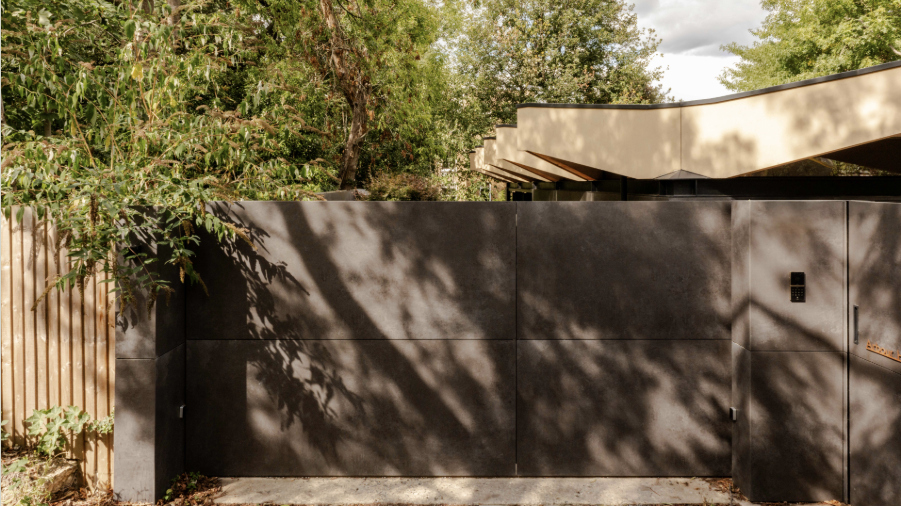 Arbour House is a north London home that lies low but punches high
Arbour House is a north London home that lies low but punches highArbour House by Andrei Saltykov is a low-lying Crouch End home with a striking roof structure that sets it apart
-
 25 of the best beauty launches of 2025, from transformative skincare to offbeat scents
25 of the best beauty launches of 2025, from transformative skincare to offbeat scentsWallpaper* beauty editor Mary Cleary selects her beauty highlights of the year, spanning skincare, fragrance, hair and body care, make-up and wellness
-
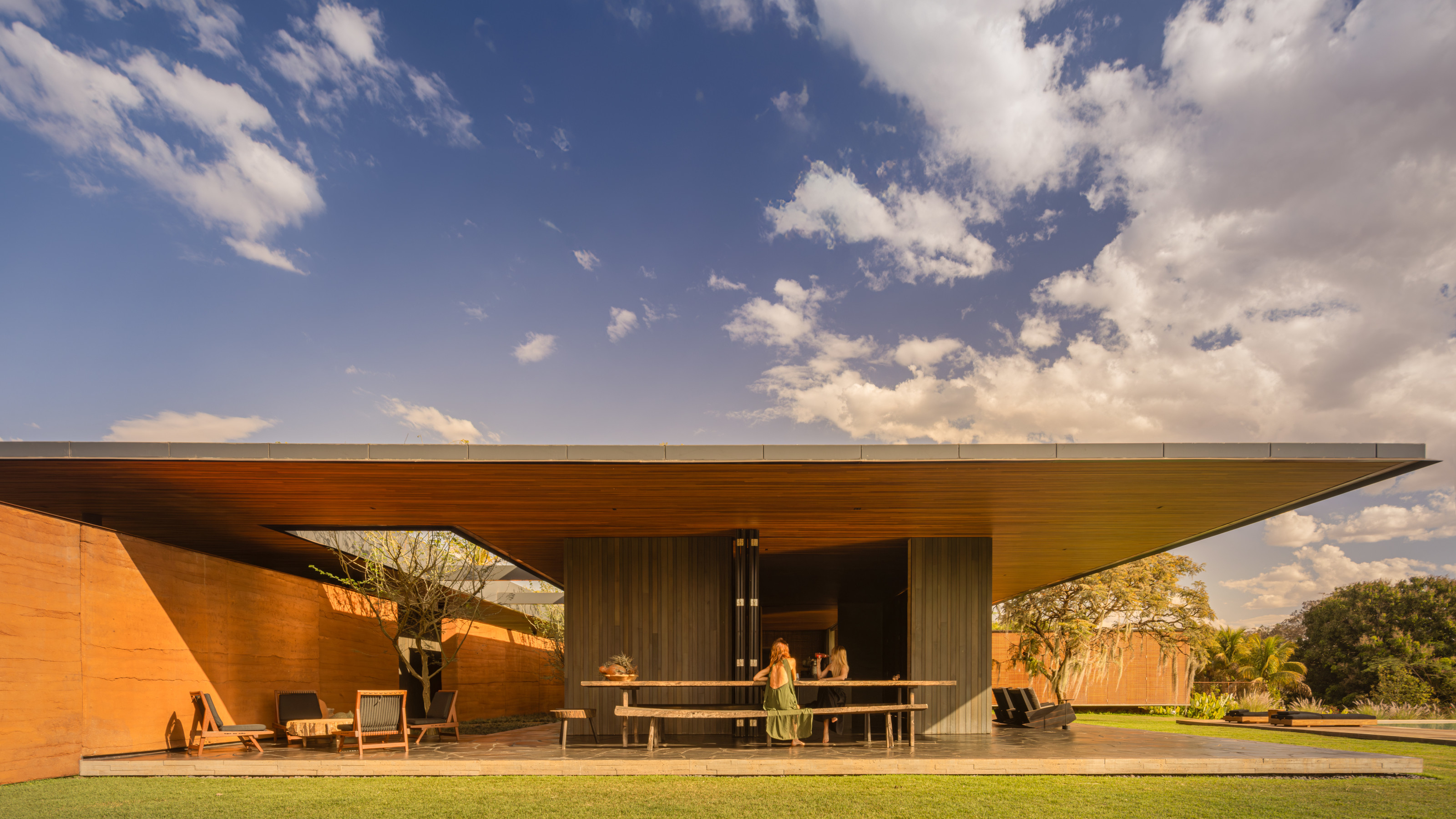 A spectacular new Brazilian house in Triângulo Mineiro revels in the luxury of space
A spectacular new Brazilian house in Triângulo Mineiro revels in the luxury of spaceCasa Muxarabi takes its name from the lattice walls that create ever-changing patterns of light across its generously scaled interiors
-
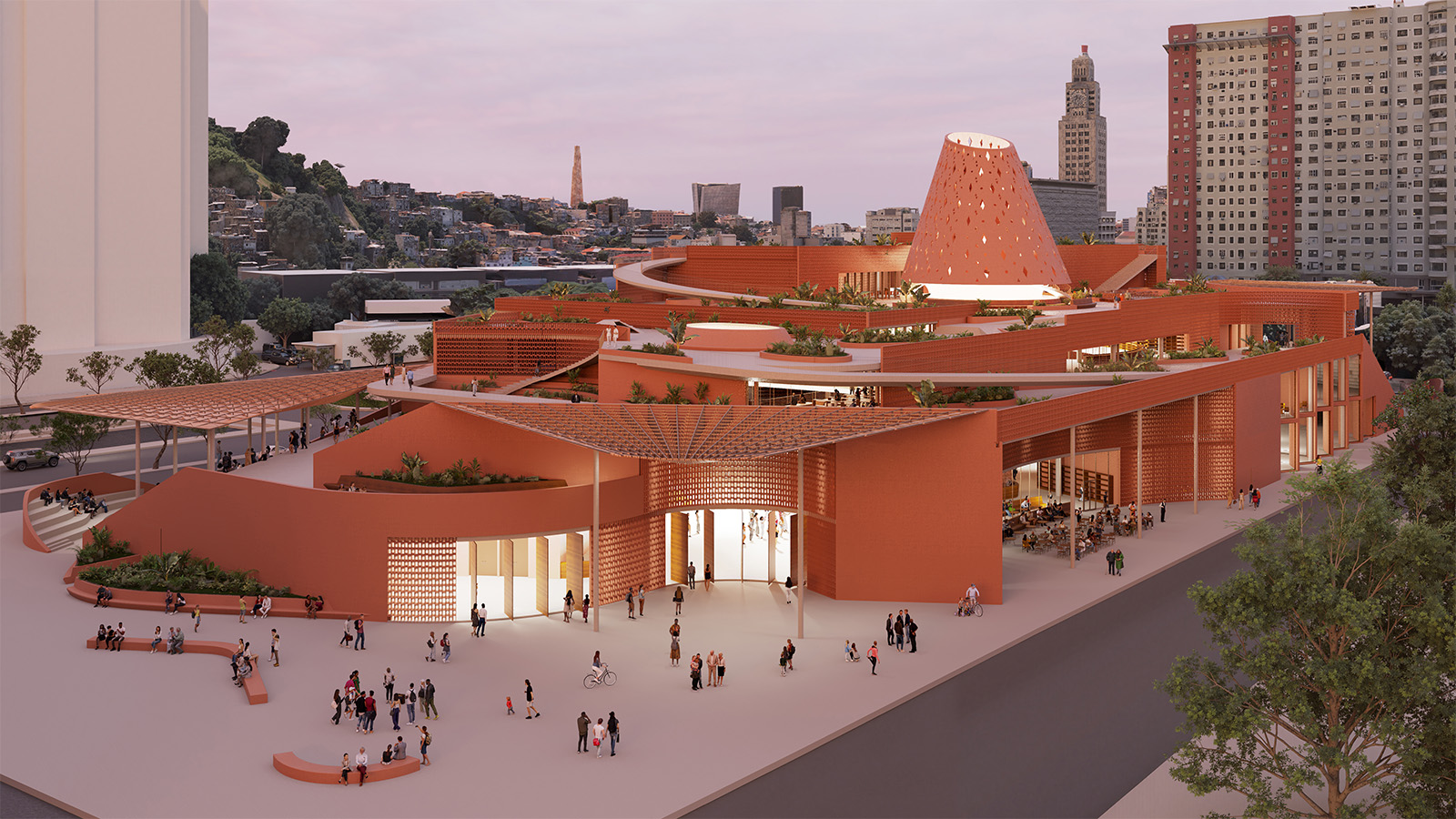 An exclusive look at Francis Kéré’s new library in Rio de Janeiro, the architect’s first project in South America
An exclusive look at Francis Kéré’s new library in Rio de Janeiro, the architect’s first project in South AmericaBiblioteca dos Saberes (The House of Wisdom) by Kéré Architecture is inspired by the 'tree of knowledge', and acts as a meeting point for different communities
-
 A Brasília apartment harnesses the power of optical illusion
A Brasília apartment harnesses the power of optical illusionCoDa Arquitetura’s Moiré apartment in the Brazilian capital uses smart materials to create visual contrast and an artful welcome
-
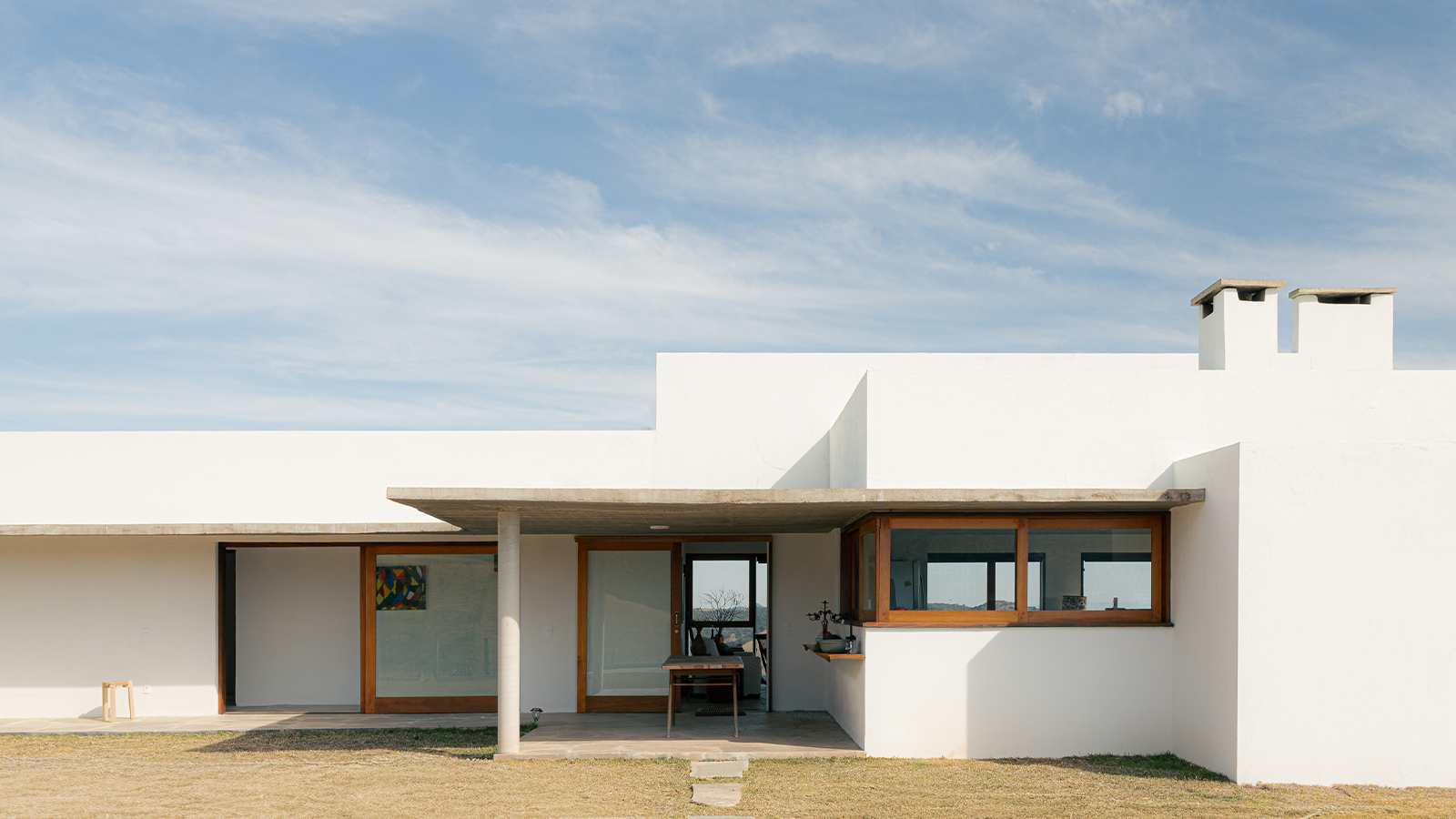 Inspired by farmhouses, a Cunha residence unites cosy charm with contemporary Brazilian living
Inspired by farmhouses, a Cunha residence unites cosy charm with contemporary Brazilian livingWhen designing this home in Cunha, upstate São Paulo, architect Roberto Brotero wanted the structure to become 'part of the mountains, without disappearing into them'
-
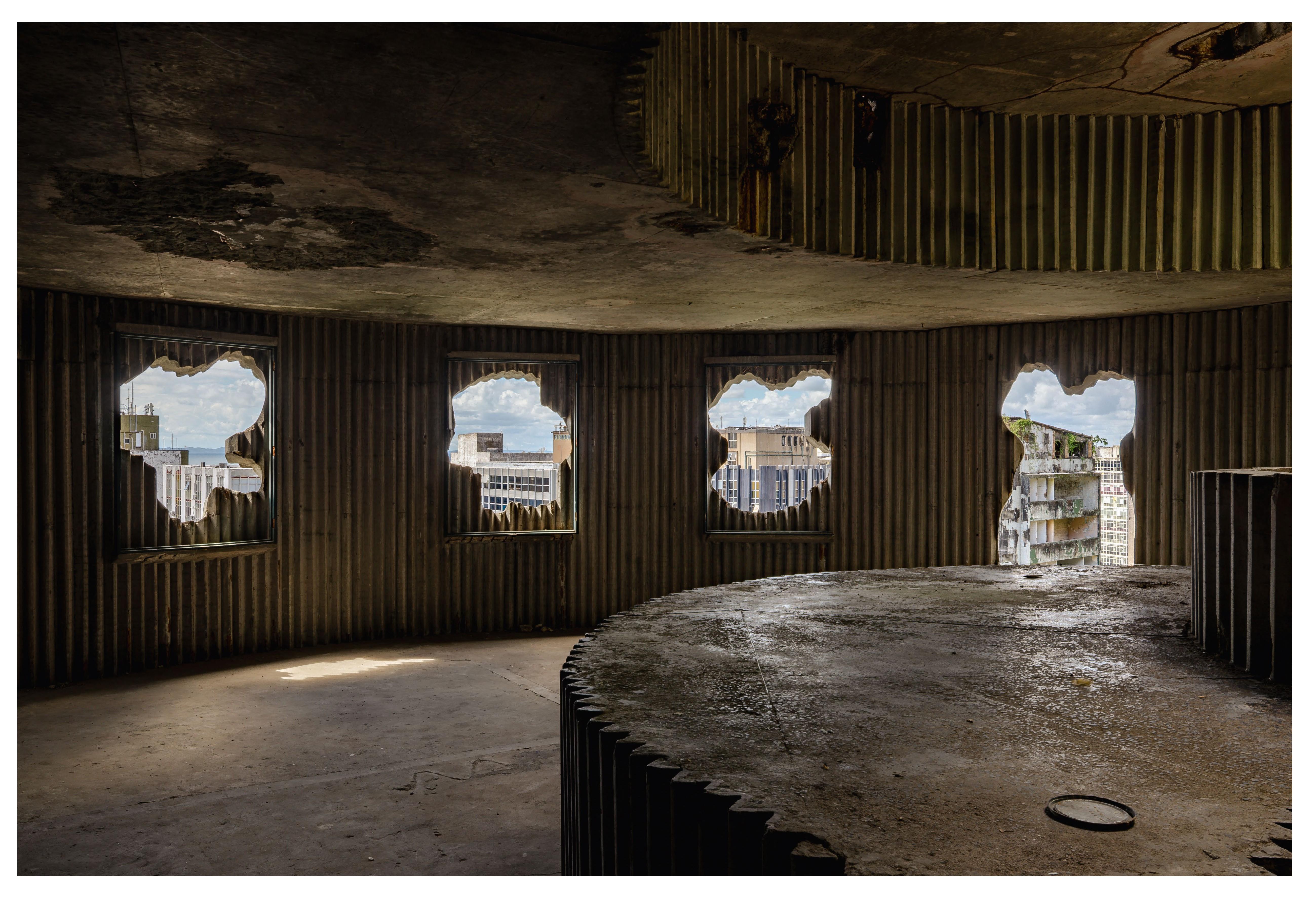 Arts institution Pivô breathes new life into neglected Lina Bo Bardi building in Bahia
Arts institution Pivô breathes new life into neglected Lina Bo Bardi building in BahiaNon-profit cultural institution Pivô is reactivating a Lina Bo Bardi landmark in Salvador da Bahia in a bid to foster artistic dialogue and community engagement
-
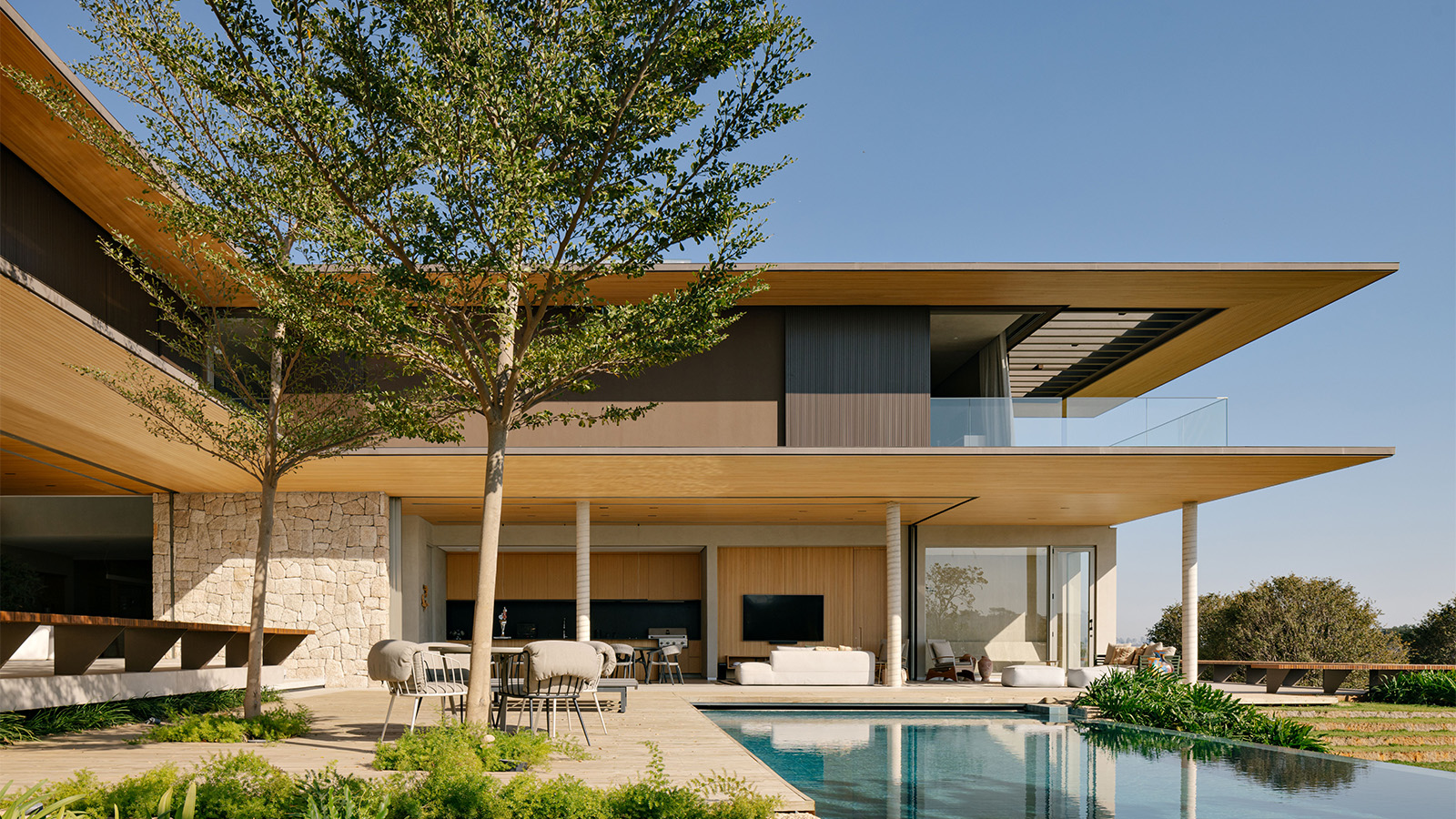 Tropical gardens envelop this contemporary Brazilian home in São Paulo state
Tropical gardens envelop this contemporary Brazilian home in São Paulo stateIn the suburbs of Itupeva, Serena House by architects Padovani acts as a countryside refuge from the rush of city living
-
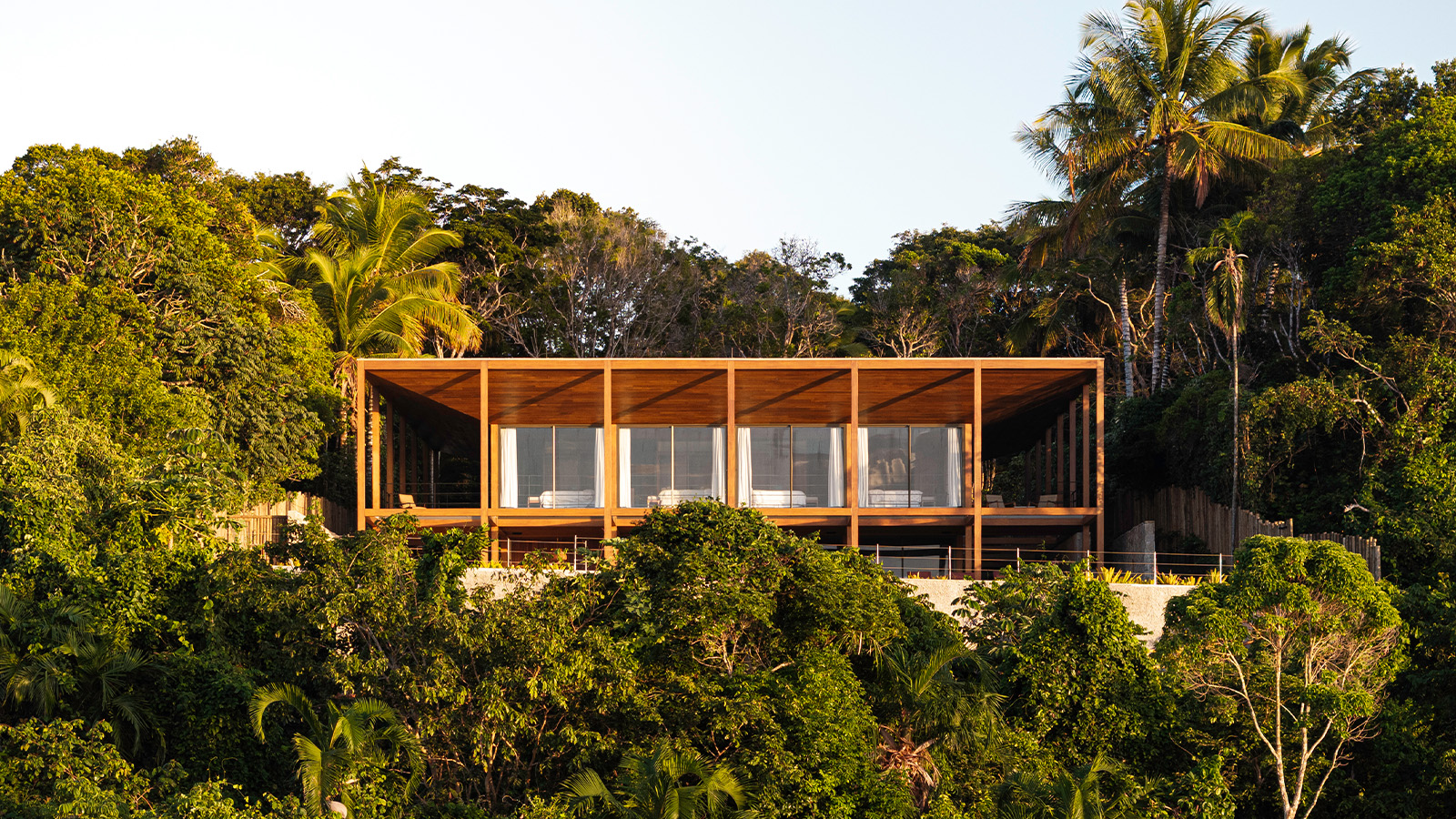 Itapororoca House blends seamlessly with Brazil’s lush coastal landscape
Itapororoca House blends seamlessly with Brazil’s lush coastal landscapeDesigned by Bloco Arquitetos, Itapororoca House is a treetop residence in Bahia, Brazil, offering a large wrap-around veranda to invite nature in
-
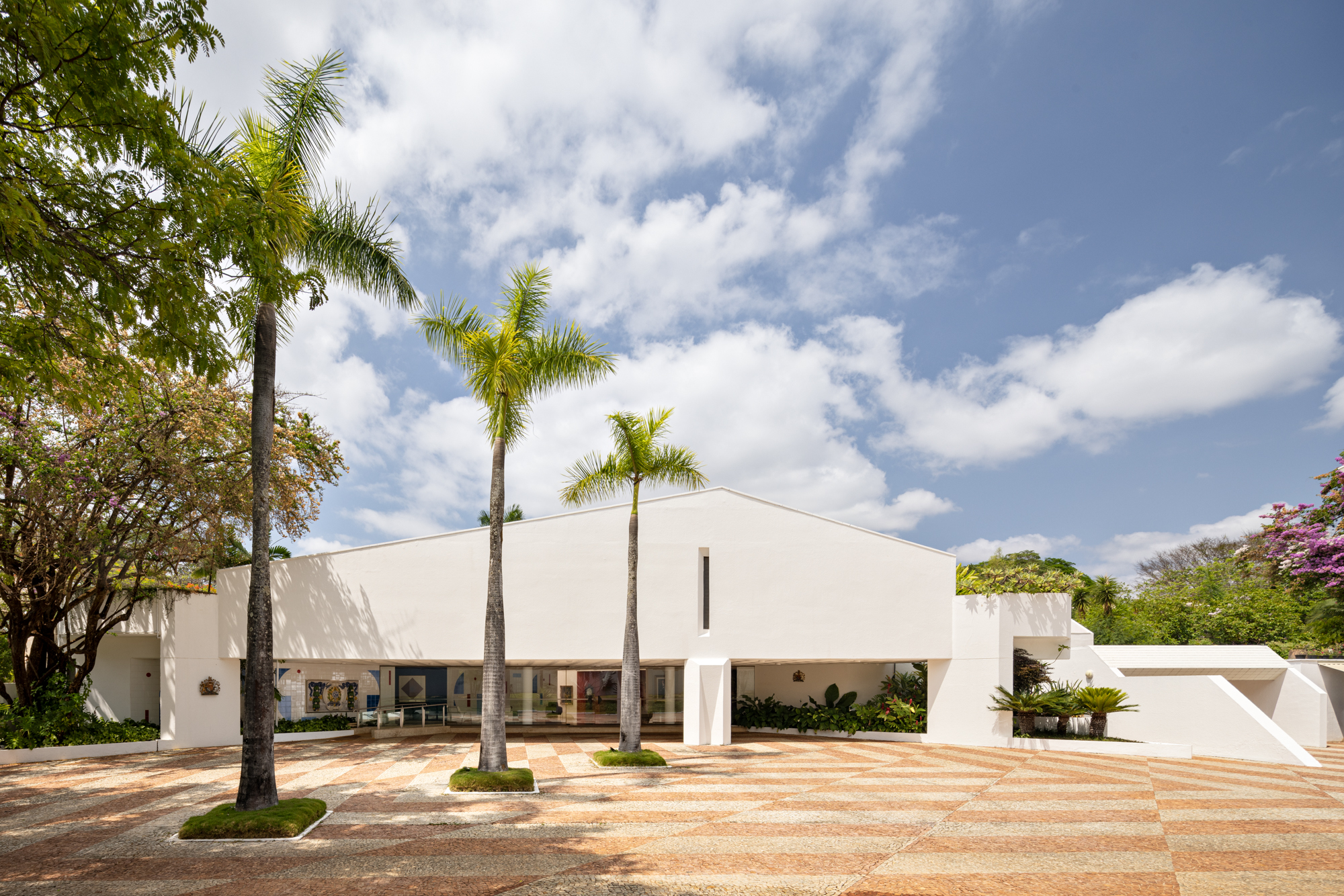 A postmodernist home reborn: we tour the British embassy in Brazil
A postmodernist home reborn: we tour the British embassy in BrazilWe tour the British Embassy in Brazil after its thorough renovation by Hersen Mendes Arquitetura, which breathes new life into a postmodernist structure within the country's famous modernist capital